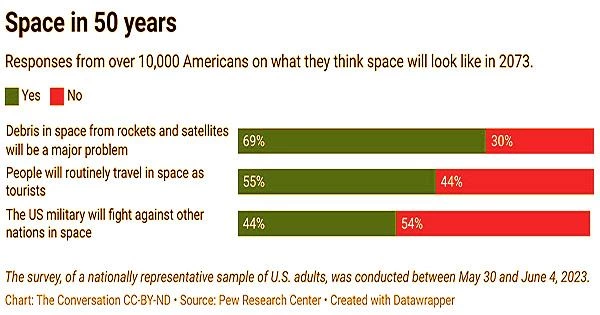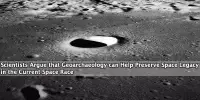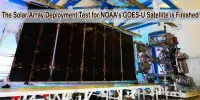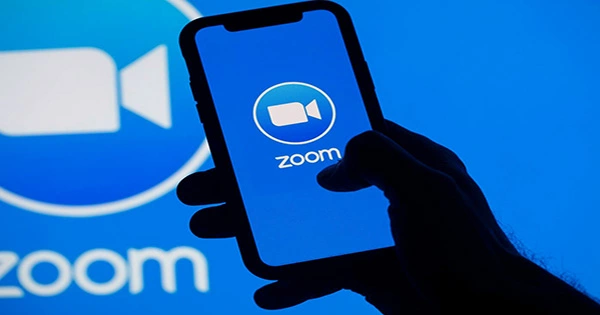The majority of Americans (69%) think it is crucial for the US to keep leading the world in space. However, only a small portion of that group, according to a recent study by the Pew Research Center, thinks that NASA should put a higher priority on sending people to the moon. Over 10,000 American citizens were polled for the study to get their opinions on NASA and what they think will happen to the space sector in the coming decades.
We are interested in learning how Americans see space activities and how their viewpoints can effect future U.S. and international space developments since we study international relations in space and the history of the space program.
US dominance in space
The United States’ most visible effort to maintain world leadership in space is arguably its Artemis Program to land humans on the moon by late 2024. The U.S. has emphasized international cooperation, bringing in Europe, Japan and Canada as partners in the program.
Many see a competitive aspect to these ambitions as well given that China and Russia are working on moon missions simultaneously.
The most surprising aspect of the most recent poll is how much it resembles past surveys of public opinion, particularly one done in 2018. In contrast to many other government agencies, NASA typically has a high level of public favorability, frequently scoring between 60% and 70%. But the specific priorities of the U.S. space program have often been at odds with public opinion.
While 65% of Americans said in the new Pew survey it was essential that NASA continue to be involved in space exploration, only 12% said that sending human astronauts to the moon should be NASA’s top priority.
Although somewhat at odds with the national space agenda, this valuation is not new. Even in the 1960s, when NASA began Project Apollo, Americans prioritized domestic issues like eradicating poverty, pollution, and national ugliness over sending people to the moon.
Most Americans for the majority of the 1960s responded in public opinion polls that the Apollo program was not worth its high budget. Over time, however, the Apollo program has grown in popularity.
Between 1989 and 1995, polling revealed that the public thought the U.S. space program should focus on robotic spacecraft as opposed to crewed missions. With the space shuttle docking with the Russian space station and a number of successful space-themed movies, this perspective started to shift in the middle of the 1990s.
Human spaceflight typically receives the lion’s share of U.S. civilian space funding despite only receiving moderate public support, indicating a gap between public opinion and the national space agenda. The most current poll’s findings highlight how, rather than just public opinion, a variety of factors including increasing science, national standing, geopolitics, economic interests, and national security have altered national space objectives throughout time.

Planetary defense
Additionally, the recent poll explored people’s expectations for the space industry. It found 60% of people believed NASA’s top priority should be monitoring asteroids that could hit the Earth. NASA does have national responsibility for this job referred to as planetary defense but the office receives less than 1% of NASA’s budget, or US$138 million out of $25.4 billion in 2023.
Even with its relatively modest budget, the office has made significant progress. This included the Double Asteroid Redirect Test the world’s first planetary defense experiment. In September 2022, DART purposefully collided with an asteroid to learn how the collision would alter the asteroid’s orbit. The test’s findings might give scientists insight into how to divert asteroids that pose a threat to Earth.
Private enterprise in space
Private activity in space goes back to the 1960s, with the creation of commercial communication satellite companies and growth of large defense contractors. However, many experts view the wave of companies that started in the 2000s as marking an important change.
These “new space” businesses set their own priorities and frequently saw the government as just one of many customers, in contrast to earlier businesses that frequently largely relied on the government to define needs and finance initiatives.
These companies are bringing new capabilities to the market. For example, Planet collects daily images of the Earth, Umbra uses radar to take pictures at night and through clouds, Astroscale is demonstrating the ability to remove debris from space, and Astrobotic is developing a commercial moon lander.
Many Americans view private activity in space positively, but a large portion have not yet formed an opinion. While 48% of Americans surveyed said private companies are doing a good job building rockets and spacecraft that are safe and reliable, another 39% were unsure. Similarly, 47% of Americans said private companies are making important contributions to space exploration, but another 40% were unsure.
Companies like SpaceX, Blue Origin and Virgin Galactic are beginning to take tourists into space. Doing so in a safe and sustainable way will be essential to the future perception of this industry. Priorities include carefully designing safety systems and procedures and carrying out careful analysis of any anomolies that occur during flight.
Overall, Americans are optimistic about the future of space activity. The poll found 55% of Americans expect people will routinely travel to space as tourists within the next 50 years.
Militarization of space
A significant portion of Americans (44%) see a more militaristic future for space. They believe the U.S. will definitely or probably fight against other nations in space sometime in the next 50 years. Warfare could include the destruction or disabling of U.S. or other nations’ strategic satellites.
By some definitions, conflict in space has already occurred. At the outset of the Ukraine War, Russia carried out a cyberattack against the ViaSat satellite network used by the Ukrainian military. Russia also regularly jams GPS signals in Ukraine. However, no nation has ever physically attacked another nation’s satellite in space.
There is no ban on anti-satellite weapons, but in December 2022, 155 nations passed a United Nations General Assembly resolution calling for a halt to one type of anti-satellite testing. In addition, the United Nations’ open-ended working group on reducing space threats has been meeting since 2022 to help avoid conflict in space.
Space debris
Americans are also concerned about space debris 69% think there will definitely or probably be a major problem with debris in space by 2073. Defunct satellites, leftover rocket parts, and fragments of spacecraft from unintentional collisions or anti-satellite tests are all examples of space debris.
There is reason for concern. The number of objects in space has grown rapidly, from just over 1,000 in 2013 to 6,718 satellites today. Many countries have announced plans for new large constellations of satellites, with some experts predicting there could be 60,000 satellites in orbit by 2030.
Right now the United States maintains the most advanced system for monitoring space objects. It shares information and collision warnings with satellite operators all over the world, but there are no rules that require those operators to take action. As space traffic increases, this ad hoc system will need to change.
The United States is developing a new Traffic Coordination System for Space that will improve data sharing and coordination with commercial and international partners. Countries have been working within the United Nations (UN) to develop and implement guidelines for the long-term sustainability of outer space activities.
However, the United States (U.S.) will need to work with other nations to ensure that satellite technology doesn’t advance faster than safety, allowing institutions like NASA to keep taking the lead in space activities.
















